Story by Doug Greco Photos by Nate Greco
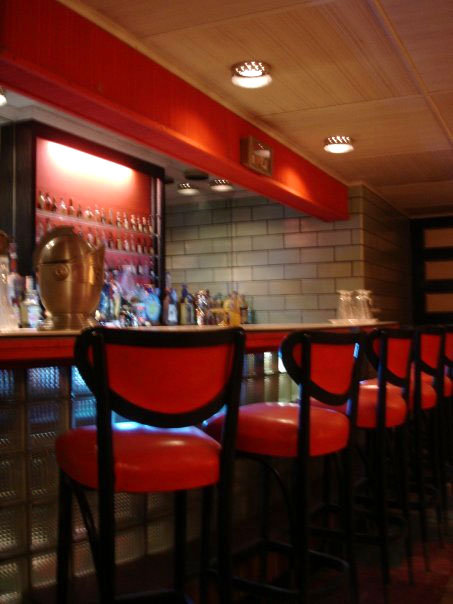
Photo by Nate Greco 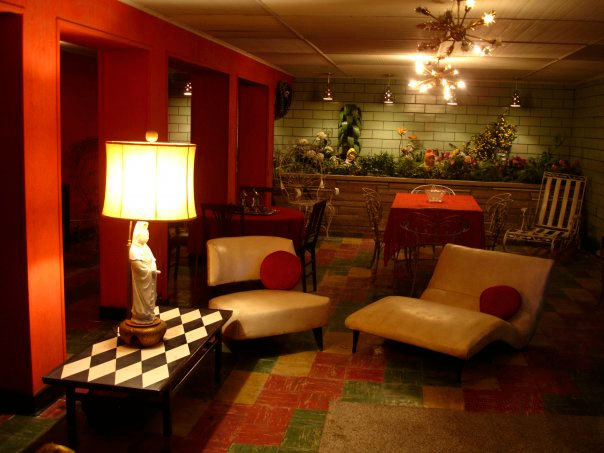
Photo by Nate Greco
My dad says my grandparents “ran with the big dogs” at the Copacabana in New York. The best evidence for this was the plush and festive rumpus room in their basement designed by Ruben Bogenhorn, the same man who designed the Copacabana’s Brazilian-themed interior in the 1940’s. A Bogenhorn rumpus room might seem odd in a coal-mining town of less than 10,000 in the middle of Eastern Pennsylvania. Though my grandfather was one of the town doctors, he had been one of 10 children from a working class, coal-mining family. And money alone likely couldn’t have gotten this well-known designer to come to this remote little town.
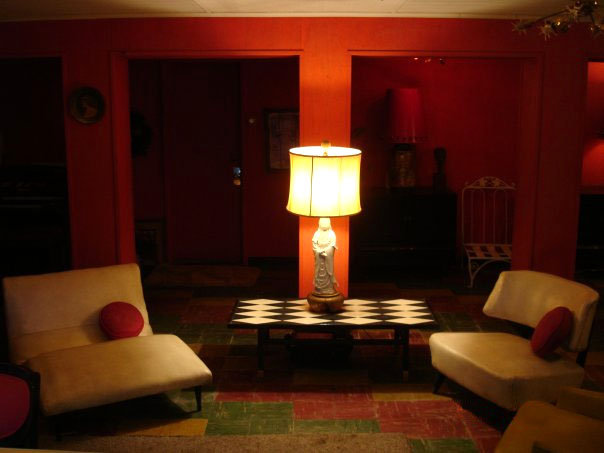
The real connection my grandparents (aka Nana and Papap) had to Ruben Bogenhorn goes back to Atlas, Pennsylvania, and a man named Felix Bocchicchio. My last post dealt with another Felix from Atlas, Felix “Screendoorface” Mangeletto. He, like Felix Bocchicchio, was in and out of trouble with the law and rumored to be “connected” to a certain Italian-American business syndicate. Atlas, the much smaller, adjoining coal-patch town to Mt. Carmel (probably less than 2,500 people) was where both my maternal grandmothers started their families after immigrating from Italy, and raised both my parents. While my mom’s family knew “Screendoorface” Felix, my dad’s family knew the other Felix, Bocchicchio, later known as Felix “Man-O’-War”. He became my Papap’s friend.
In “The Godfather” film and book, the Bocchicchio family business was to provide one of their own family members as a third-party hostage during negotiations. If you were hosting a negotiation at your house, as a sign of trust to the visiting party you would pay to have a Bocchicchio sent to the vising party’s home turf. If you killed your counterpart in the negotiation, your counterpart’s family would kill the Bocchicchio hostage, and then the Bocchicchio’s would come after you, and almost certainly kill you in a very undignified manner.

Felix Bocchicchio is second from left in this picture in front of Atlas Memorial Park discovered by my mom’s friend Sylvia Trioni
It’s unlcear if Felix Bocchicchio was part of the Bocchicchio clan in the The Godfather (and if this clan actually existed in real life), but my dad thinks he was. We do know that Felix eventually left the Mt. Carmel-Atlas area, moved to New Jersey, and engaged in number of legal and illegal business activities ranging from gambling, pinball machines, and liquor sales. Felix Man-O-War also faced series of criminal charges including theft and murder, but seems to have beaten the charges because his business activity continued unchecked until his death.
His shining accomplishment, however, and the one in which he made a mark on history, was as a boxing manager. And he knew nothing about boxing. According to a Camden sportswriter Felix “knew as much about boxing as the Mona Lisa did about swatting flies, but he decided to learn. He was seldom seen without a fight promoter, trainer, or prizefighter in his company.” In the early 1940’s Felix discovered a then little know boxer, named Jersey Joe Walcott, already in his 30’s, and about to retire from the sport. Felix provided him financial support, trainers, an income, and connections to steadily fight his way up the ranks during the late 1940’s and eventually beat Ezzard Charles to win the heavyweight title, a fight my grandfather and his brother attended as Felix’s guest.
Walcott reigned for nearly a year before Bocchecchio booked him to defend his title against Rocky Marciano in 1953 at Madison Square Garden. My grandparents attended this fight with ringside seats courtesy of Felix, and witnessed Marciano’s decisive knockout punch which at the time was called the most brutal strike in the history of boxing. Nana Greco recounted that during this fight she and Papap held newspapers over their head for much of the fight to protect themselves against all the spraying blood. After losing the title, Walcott fought Marciano 4 months later in a rematch, which he also lost, and afterwards retired from boxing.
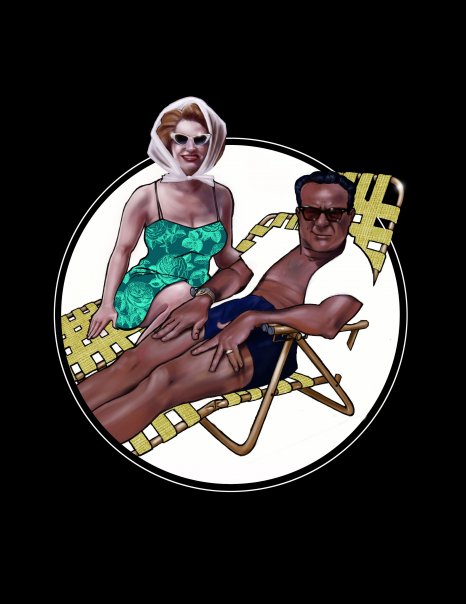
Illustration of our grandparents by cousin Nate Greco
My dad remembers Jersey Joe Wolcott and Rocky Marciano both visiting his house at different times when he was a kid. Wolcott was brought by Felix, and years later Marciano was brought to town by the Gaglier Diesel company, which threw him a parade.
Nana and Papap Greco frequented the Copacabana during this this time, which was the place to see and be seen, especially among those entertainment, professional sports, and organized crime. Their entre was Bocchecchio, and they got to hang out with Walcott and other boxers. But they were also introduced to the Copacabana’s famous interior designer, Ruben Bogenhorn. Bogenhorn had decorated the club in brash Brazilian tropical décor, with feaux palm trees, art deco backdrops, an elaborate bandstand featuring Latin Music, and swanky bar. With a menu of Chinese food to boot, the Copa was the epitome of mid-century cool.
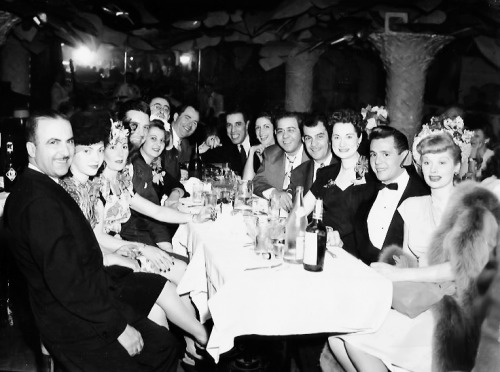
My grandparents secured the talents of Bogenhorn to travel the 3 ½ hours due east of Manhattan into the Anthracite Coal region to Pennsylvania to design their rumpus room and kitchen. At the end of a block of row homes with rain pipes jutting over the sidewalk above passersby, my grandparents home was a freestanding large corner house standing four stories with several cupolas, a small front yard, and a wraparound porch. The interior was already tastefully designed with plush drapes in the living room, a French themed sitting room with period furniture, and a dining room with floor-to-ceiling mirrors, a light-wood dining table and side tables, and hutch with delicate china.
You entered the basement through a door in the kitchen, which emptied onto a set of plush red-carpeted descending stairs, bookended by a stylish gray and black vertically textured wall. As you reached the bottom of the stairs, to the right was a cement-floored laundry room with utility sink and indoor clotheslines. But to the left lived the rumpus room.
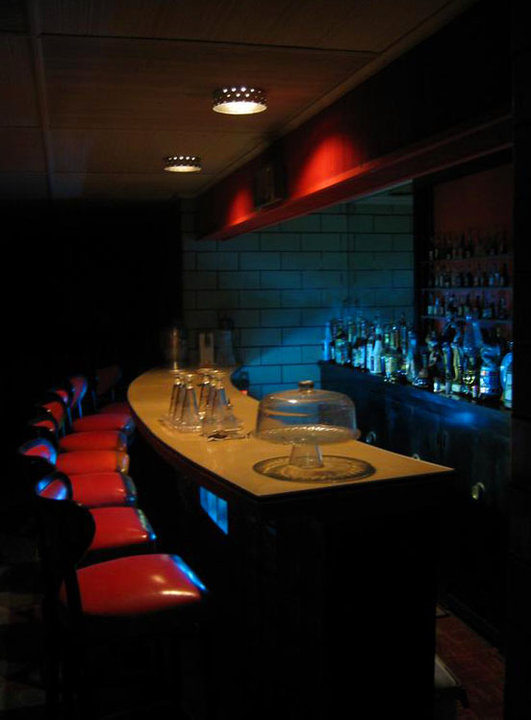
Photo by Nate Greco
On he right ran a bright red bar with a smoked glass base, and high red patent leather stools with black wood frames. Behind the bar were three rows of glass shelves upon which sat scores of miniature liquor bottles, and on the counter below were crammed countless designer ceramic liquor bottles including the Louisiana Superdome, the Empire State Building, the Sphynx, a sexy round hipped-lady in evening dress, and a minuteman. Mirrors flanked both ends of the bar.
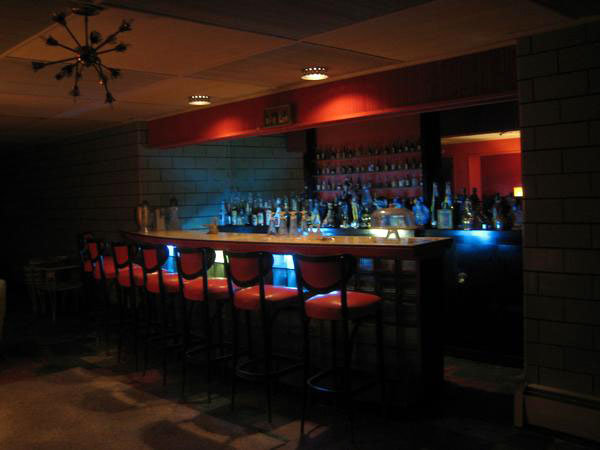
Photo by Nate Greco 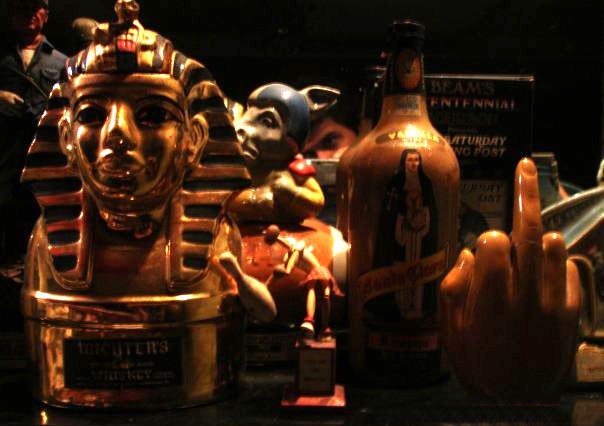
Photo by Nate Greco
The room’s furniture was 1950’s swanky “birth of cool”, with white patent leather chairs and curved chaises, low-lying wood tables with ceramic black and white diamond tops, and wrought iron lounge tables and chairs to the side. Light red, green and yellow tiles made the floor, bleached to give a soft, faded facade. Strange, festive light fixtures jutted out of the ceiling, each with six to eight pieces of crystal reminiscent of Superman’s Fortress of Solitude. Some were colored, some were clear, and some flashed. Deep, red walls surrounded the room on three sides. It looked like a lounge scene from MadMen. Most curious was a raised garden planter that ran along the back wall, stocked with thick, jungle-like vegetation and scary gnomes. A causeway into yet another world.
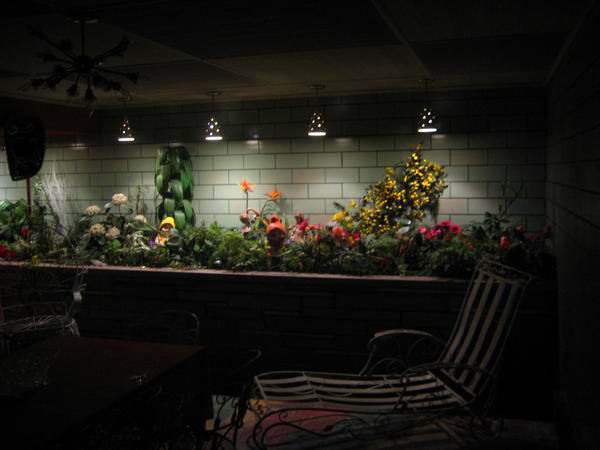
Photo by Nate Greco
I grew up in the tail end of the rumpus room’s heyday. I remember one New Year’s Eve when I was around 8 years old. It was getting late, and I tugged at my dad on a barstool to usher him home. My parents, my two brothers and I lived in the house next door. My dad was dressed in jeans and a white button down shirt. I had never seen him tipsy before, but he was having a good time. He looked down towards me, tilted is head as if to confide, and said smiling, “I’m drunk!”.

Another story, retold by my grandmother, had Pennsylvania’s Governor Milton Shapp, who reigned from 1971-79, having drinks in the basement with my grandparents and some of Shapp’s men. Since my grandfather was friends with many key politicians in the coal region, both Republican and Democrat, I have no reason to doubt this tale. Shapp evidently offended my grandfather by leaning back in his chair and resting his feet up on one of the red patent leather bar stools. As Nana recounts the story she channels my grandfather’s meanface: “Get your feet off my barstool right now!”, and slaps Shapp’s imaginary feet off the chair. Then she laughs scandalously.
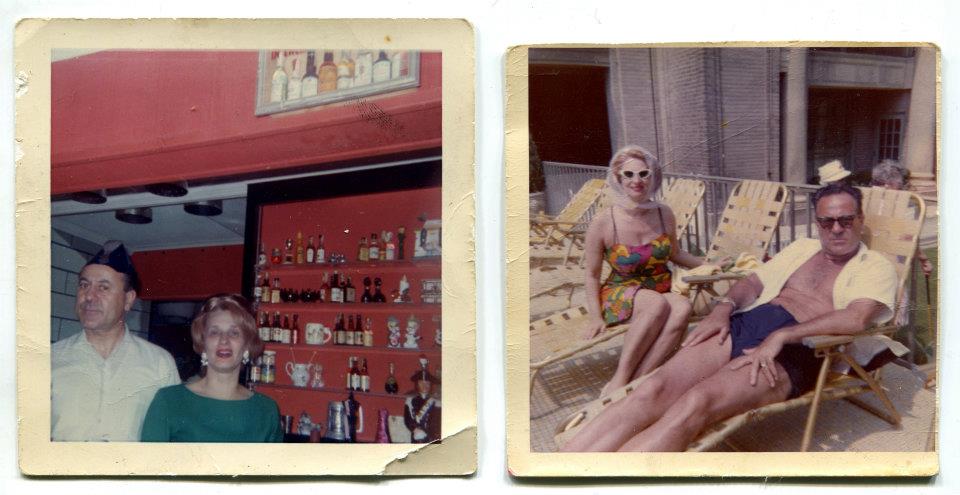
The kicker to the tale is that Bogenhorn also designed Nana’s kitchen, reportedly in resplendent yellow. She hated it. You could see the visceral distaste on her face when she described it. Then she kicked her head back like FDR, as if in triumph, and laughed heartily again. “I had whole thing torn out.”
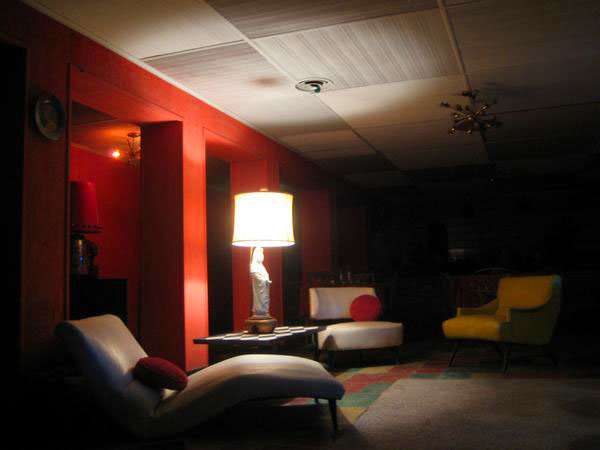


Love this Doug remember the rompus room well ask dad about the beach party!
Thanks Jose!…..I remember hearing something about that party…but I’ll get the full scoop from him. Some good times down there evidently! Thanks for reading
The Beach party with “Joe and The Juniors” was Epic!!! Sand and all from Bevevino’s 🙂
Haha I just found out that “Joey no Socks” is dad lol. Thanks!
Outstanding… Love the history and detail!
Thanks Joe! I appreciate it!
Many more stories but wanna be around a bit longer 😊
Definitely!!
Love that the kitchen never survived! And the details about that fight!
Thanks Helen! High praise coming from you.
I never knew and lived 2 doors away. I babysat you and your brothers and loved all of your family. Your PapPap was one of the BEST!
I know Maria! I remember! Thank you, and thanks for the kind words about PapPap. Hope you are well.
Great story, and awesome graphics…..
Thanks Tracy!! Appreciate your reading it. And yes Nate’s pics are brilliant. Look forward to seeing you next week!
This is excellent! Random but remember meeting Geore Welsh former UVA head coach and former Paterno assistant at one of of the parties we crashed there way back in the day.
Just saw this…..really that’s awesome! Must have been after one of the football camp sessions.